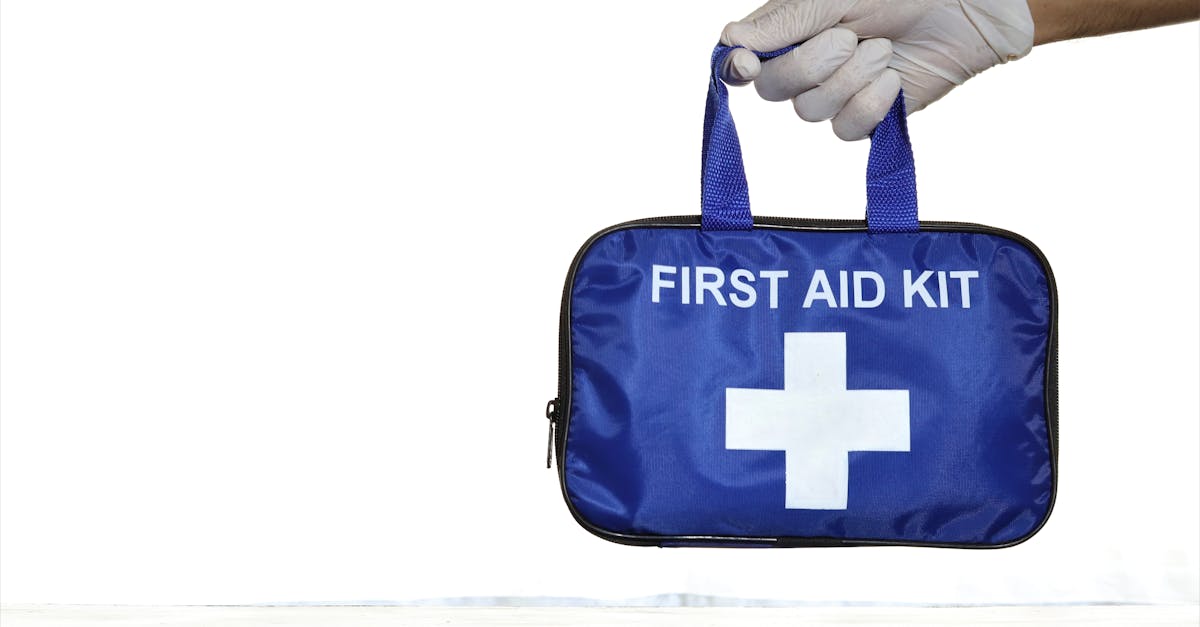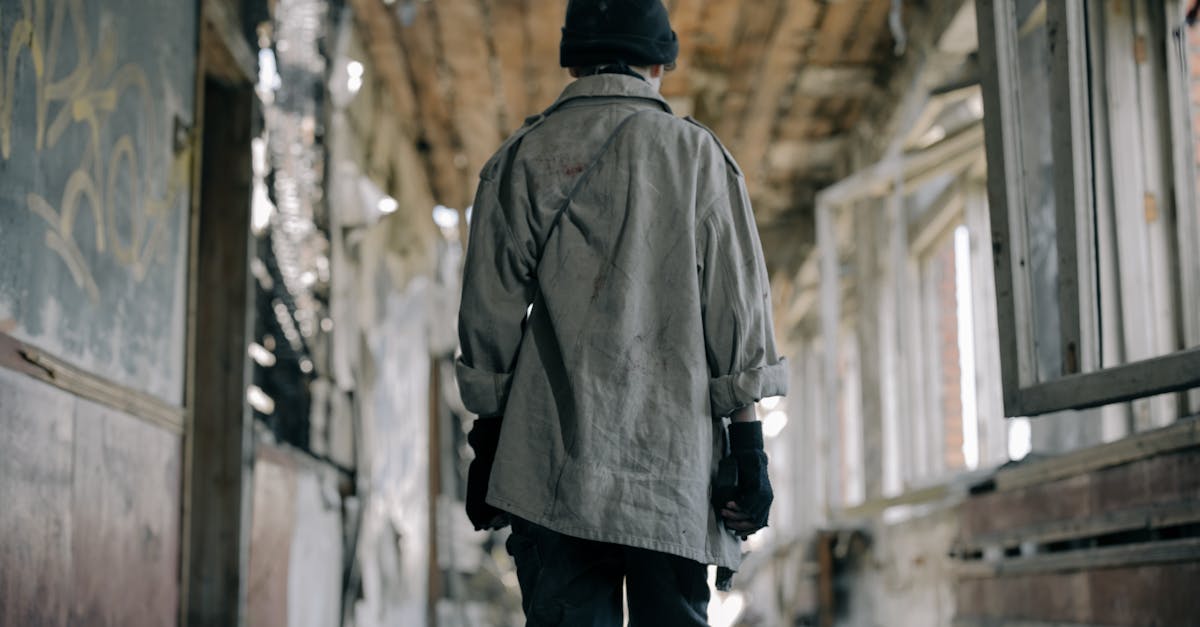Disaster can strike at any moment, whether it be a natural disaster, civil unrest, or any other unexpected event. It is important to be prepared for anything that might come your way, and having a bug out bag is one of the best ways to do so.
A bug out bag, also known as a go-bag or survival kit, is a portable backpack that contains essential items you would need if you had to evacuate your home quickly. In this article, we will provide you with all the information you need to know about creating and packing a bug out bag that will help ensure your safety and survival in times of crisis.
Understanding Bug Out Bags
A bug-out bag is an emergency kit designed to help you survive when disaster strikes and you need to leave your home or shelter. It should contain essential items that will ensure your survival for at least three days. The term “bug-out” comes from the military slang used to describe retreating from combat situations. In emergency situations, your bug out bag can be the difference between life and death.
When creating your bug-out bag, it’s essential to consider factors such as the type of terrain you’ll be traveling through, the duration of your journey, and the number of people who will accompany you. Furthermore, it’s crucial to choose a high-quality backpack that can withstand harsh conditions and has enough space to carry all your necessary items while still being comfortable enough for long journeys.
 Bug Out Bag Necessities
Bug Out Bag Necessities
When it comes to building your bug out bag, there are certain necessities that you cannot afford to overlook. These items are essential for survival in an emergency situation and will help keep you safe and comfortable when you need it the most.
The first necessity is shelter. You’ll need a sturdy tent or tarp to protect yourself from the elements. Make sure it’s easy to set up and lightweight enough to carry with you. Next, is fire starting equipment, such as waterproof matches or a flint striker. This will be crucial for cooking food, boiling water, and staying warm at night.
A quality knife should also be included in your bug out bag necessities list. A sharp blade can be used for everything from cutting rope to preparing food. Additionally, make sure you have a reliable source of light like a flashlight or headlamp, as well as spare batteries.
Other items that should not be overlooked include a first aid kit with basic medical supplies and medications, plenty of water bottles or hydration system like CamelBak with built-in filtration system (preferably with 1 liter capacity) along with water purification tablets/systems, high-energy snacks such as granola bars or trail mix that can provide quick calories on the go; multi-functional tools such as paracord bracelet / watch / belt which can double up as fire starter/compass/whistle/knife/saw etc., hygiene essentials like wet wipes/tissues/hand sanitizer/deodorant/toothbrush/toothpaste/feminine products (if required) etc., and communication devices such as a two-way radio or cell phone with back-up power banks.
Essential Tools and Equipment
When it comes to a bug out bag, it’s important to include essential tools and equipment that can help you survive in any situation. Having the right tools at your disposal can make all the difference in the world, especially when you are facing life-threatening situations.
One of the most important tools to include in your bug out bag is a reliable multi-tool. This tool can be used for a variety of purposes such as cutting food, opening cans, fixing gear and even starting fires. A quality multi-tool should also have a good set of pliers, scissors and screwdrivers that are sturdy enough to tackle any problem.
Apart from a multi-tool, other essential tools that should be included in your bug out bag include a survival knife, hatchet or axe for defense or chopping wood for fire. A compass and map can also come handy when navigating unfamiliar terrain. Additionally, you might want to add duct tape which is versatile enough to fix almost anything, paracord which is lightweight but super strong and waterproof matches or lighter for starting fires under wet conditions.
Clothing and Footwear
When it comes to clothing and footwear for your bug out bag, comfort and durability are key. Choose clothing made from breathable, moisture-wicking fabric that can withstand harsh weather conditions. Opt for lightweight materials to save space in your bag. Include several layers of clothing that can be added or removed depending on the temperature. A waterproof jacket or poncho is also a must-have item.
In terms of footwear, select a pair of sturdy, comfortable hiking boots that provide good support for your feet and ankles. Make sure they are broken in before including them in your bug out bag. You may also want to pack an extra pair of socks and blister pads just in case. Remember, you may be walking long distances over rough terrain so having the right shoes can make all the difference.
Hygienic Items
During a crisis, personal hygiene can easily take a backseat. It’s important to maintain cleanliness and prevent the spread of germs to avoid getting sick. Pack items such as antibacterial wipes, hand sanitizers, soap bars, toothpaste, and toothbrushes to keep yourself clean and fresh.
Another important aspect of hygiene is keeping your clothing clean. Pack extra pairs of underwear and socks to change into regularly. Also include a microfiber towel for drying off after washing up or swimming.
Additionally, women should include feminine hygiene products such as tampons or pads in their bug out bags. Menstruation can still occur during emergencies and it’s important to be prepared.
Don’t forget about waste management either. Include plastic bags for disposing of used tissues and other waste materials. A portable toilet seat can also come in handy if access to proper sanitation is not available.
By packing these hygienic items in your bug out bag, you’ll not only feel better physically but mentally as well. Personal cleanliness can boost morale during stressful situations and keep you feeling prepared for whatever lies ahead.
Food and Water
When it comes to survival, access to clean water and food is crucial. Your bug out bag should include enough water for at least three days, with a recommended minimum of 1 gallon per person per day. You may also want to include a portable water filtration system or water purification tablets for long-term use.
When it comes to food, choose non-perishable items that are high in calories and nutrition. Energy bars, dried fruits, nuts, and jerky are all good options. Canned goods are also a good choice as they have a long shelf life and can be eaten cold if necessary. Be sure to pack utensils for eating as well as a portable stove or other means of heating up food if possible.
In addition to these essentials, consider adding some comfort foods such as chocolate or hard candy to help boost morale during stressful situations. And don’t forget about the importance of hydration – make sure you have enough water not just for drinking but also for cleaning wounds or washing hands.
Medical Supplies
When it comes to medical supplies for your bug out bag, it’s important to think about both minor and major injuries. Basic first-aid items such as adhesive bandages, gauze pads, and antiseptic wipes are a must-have. However, it’s also important to include more advanced items such as tourniquets, Israeli bandages, and hemostatic agents in case of severe injuries.
In addition to injury treatment, medications for allergies or chronic conditions should be included. Common pain relievers like aspirin or ibuprofen can also come in handy during stressful situations. It’s crucial that all medical supplies are properly labeled and organized in a waterproof container to ensure they stay safe and effective.
Navigation and Communication
When you’re out in the wilderness, it’s important to have reliable tools for navigation and communication. A GPS device is a must-have item for your bug out bag, as it can help you pinpoint your location and find your way to safety. However, it’s important to remember that GPS devices can run out of battery or lose signal, so it’s wise to also include a map and compass as backup options.
In addition to navigation tools, communication devices are essential in case of an emergency situation. A two-way radio or walkie-talkie can be used to communicate with other members of your group if you become separated or need assistance. It’s also a good idea to have a signaling device such as a whistle or mirror that can alert rescuers to your location.
Miscellaneous Items
When packing your bug out bag, it’s important to remember the miscellaneous items that can make a big difference in survival situations. One such item is a multi-purpose tool, which can serve as a knife, saw, can opener, and more. Another essential item is paracord, which has countless uses such as creating shelter or securing gear.
Other useful miscellaneous items to consider include duct tape for quick repairs, fire starters for warmth and cooking food, and sunglasses to protect your eyes from the sun’s harmful rays. Don’t forget to also include personal documents like identification papers and cash in case of emergency evacuations.
How to Pack Your Bug Out Bag
Once you have gathered all the necessary items for your bug out bag, it’s time to pack them in a way that maximizes space and ensures easy access when needed. The key to efficient packing is organization. Start by grouping similar items together such as food, clothing, and tools.
Next, prioritize the items based on importance and frequency of use. Items that are essential for survival should be packed at the top or in easily accessible pockets while less important items can be packed towards the bottom of the bag. Use compression bags to reduce the size of bulky items like clothing or sleeping bags and pack heavier items close to your back for better weight distribution.
Remember to conduct regular inventory checks on your bug out bag and update it with any necessary changes based on current situations or seasonal needs.
Conclusion
In conclusion, having a well-stocked bug out bag can mean the difference between survival and disaster in an emergency situation. By including essential tools and equipment, clothing, food and water, medical supplies, navigation and communication devices, and miscellaneous items, you can be prepared for any scenario. Remember to regularly review and update your bug out bag contents to ensure that everything is up-to-date and in good condition. With a well-planned bug out bag, you can have peace of mind knowing that you’re ready for anything life throws your way.



